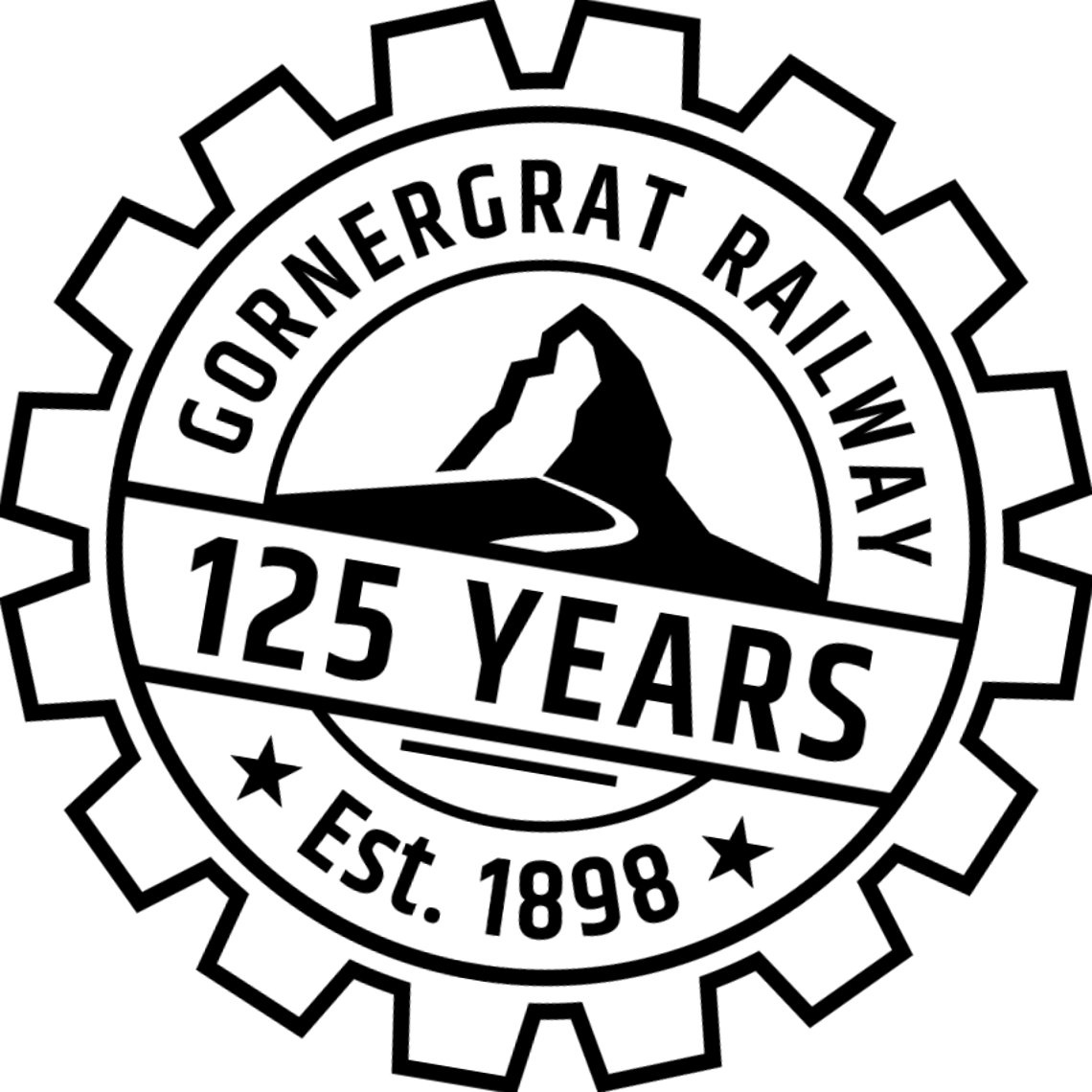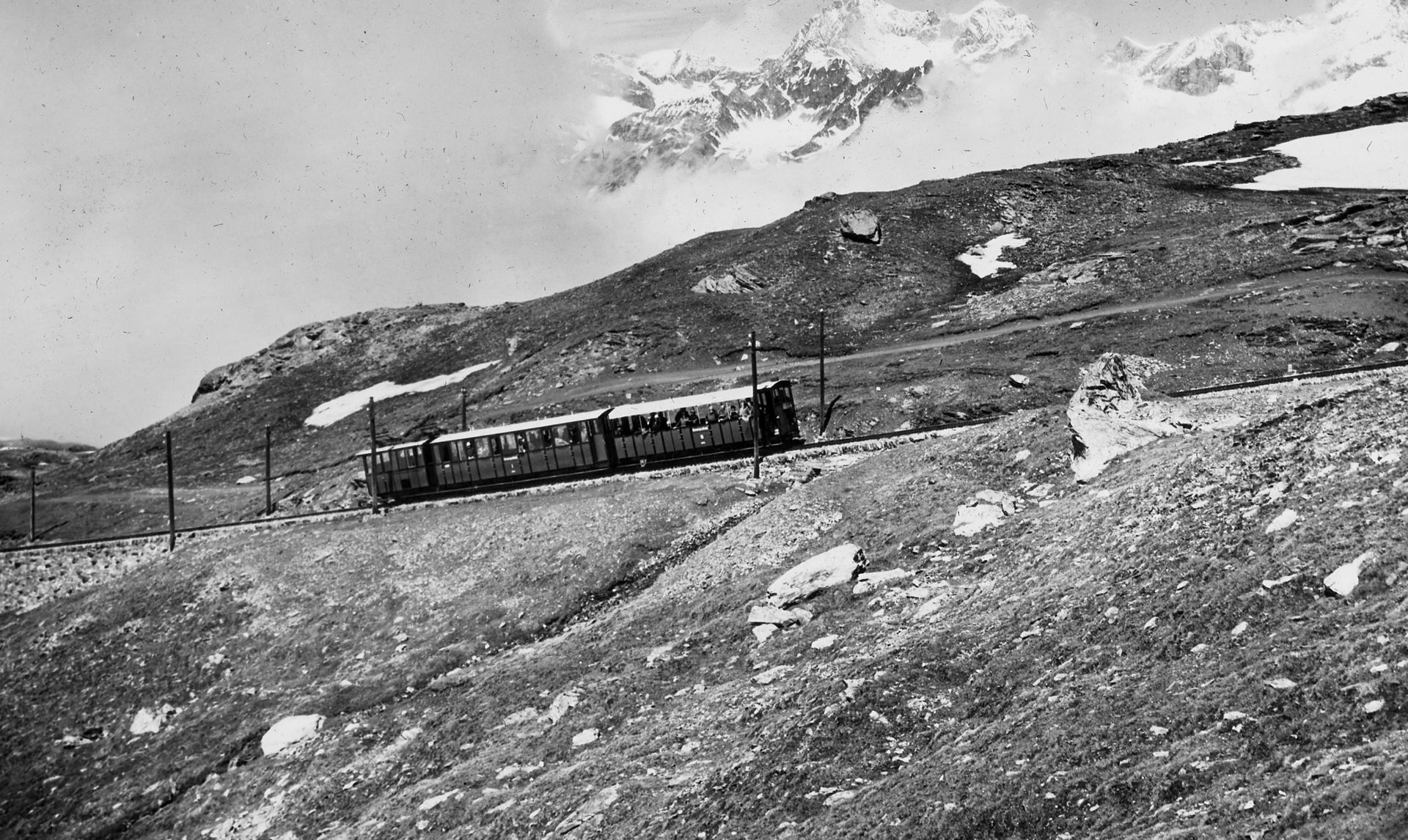An electric railway thanks to three-phase current
Story 3
In Switzerland, there was always plenty of water available to produce electricity, making it possible to operate electric railways. What was more obvious than using the available resources?
Electricity thus formed the basis for replacing the steam-powered trains. This had the advantage of eliminating the coal purchased from afar for the operation of the steam trains. At the end of the 19th century, Switzerland’s 3,000-kilometre railway line was run exclusively by steam-powered trains, which were gradually replaced by electric trains.
Electricity instead of steam
In 1895, employees from the company Brown Boveri tested a three-phase tram between Lugano and Paradiso. The technology was also used in the Gornergrat project, where the company Haag & Greulich built a high-performance rack railway with the Abt system as well as electric operation. The construction engineers opted for three-phase current with a 725-volt three-phase power supply.
One of the prerequisites for this was sufficient electricity production. August Haag secured this for CHF 100,000 on 11 October 1895 when he acquired the limited right to use the Findelbach stream from the municipality of Zermatt. The Findelbach turbine house headquarters was built at the foot of the Findelbachbridge and supplied the Gornergrat Railway with the necessary energy.
On 24 November 1897, the first motor vehicle of the Gornergrat Railwaywas delivered by the Visp-Zermatt Railway. Initial tests were then carried out successfully on the existing two-kilometre track.
Energy efficiency thanks to recuperation
Characteristic of three-phase operation are two overhead contact line wires and two two-pole brackets that connect the train to the overhead contact line wires. The construction allows the train to generate its own electricity through recuperation. For this purpose, the motor acts as a generator during the descent and feeds the generated energy directly back into the grid. On the ascent, the train can then use the generated energy again.
The Gornergrat Railway has been using this environmentally friendly technology since its first trip on 20 August 1898. Three downhill trains of the Gornergrat Railway still produce enough electricity today for one or two uphill compositions. The Findelbach headquarters has been supplying the remaining electricity for the Gornergrat Railway from hydropower for many decades. At present, 100% of the electricity is sourced from the Zermatt power station.
The former Findelbach headquarters is now an event location called “Turbina” where guests can still admire the historic turbines to this day.


